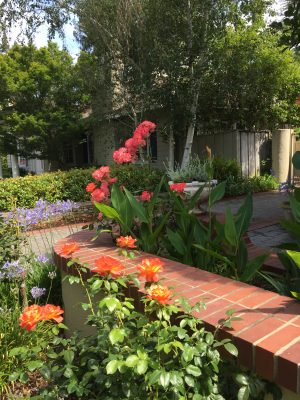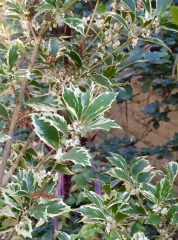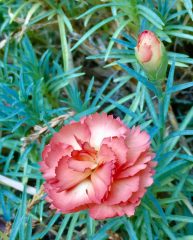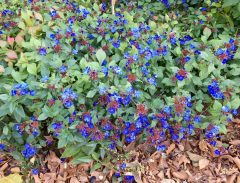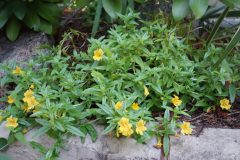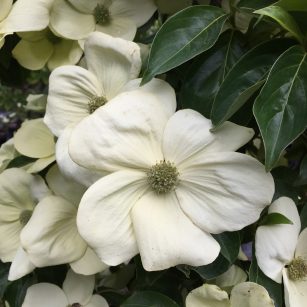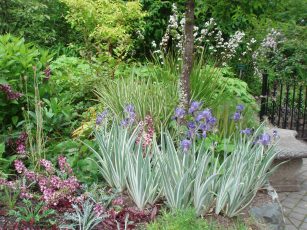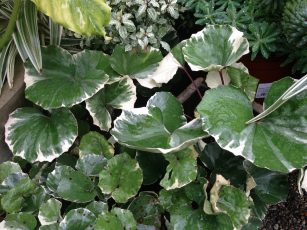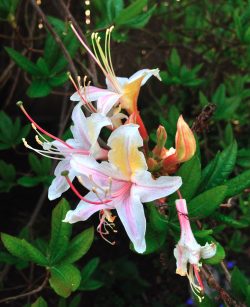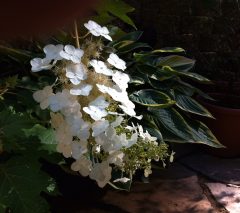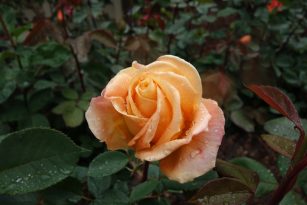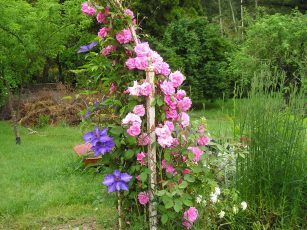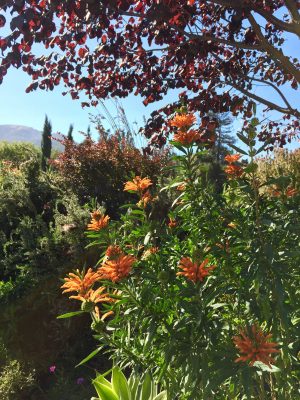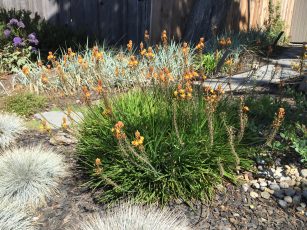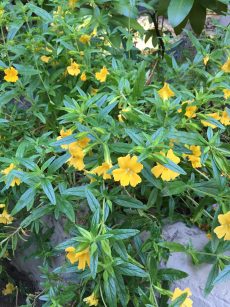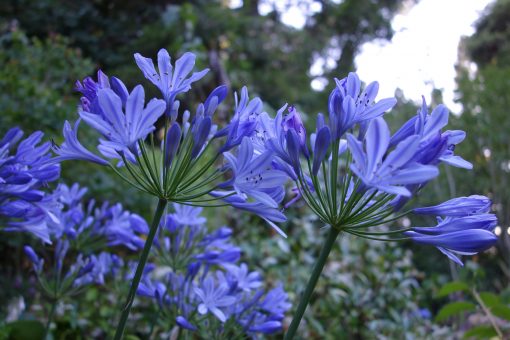
Apparently there was some controversy last year over Pantone choosing Living Coral as their Color of the Year because healthy living coral is in short supply. I thought the color coral worked just fine in the garden but this year?s winner is even better. Classic Blue. the Color of the Year for 2020 – is described as a familiar, calming shade of azure and looks stunning in the landscape. It?s the color of the sky on a clear day. And wsho doesn?t like blue flowers or even blue-tone foliage?
It?s always interesting to me that one design client will request a color palette of red, yellow and white while another wants jewel tones or pastels. I like them all.
Don’t be afraid to play with color even if you don’t get it right the first time. Just learn from your mistakes and make adjustments. Whether it’s a pastel Monet garden or a hot Samba garden you want to create, here are some tips.
Warm colors tend to be more stimulating, dynamic and noticeable from afar than cool hues which are more calming and understated. Warm colors advance visually, cool ones recede. So to make a small garden appear larger use cool blues and lavenders in the back with just a touch of scarlet, orange or yellow up close for contrast. Do the opposite to make a large space more intimate – position warm colors at the back, cool colors in front.
Garden colors aren’t static either. They vary with time of day, the season, the weather and the distance from which we view them. Also color perception varies among people and not all people with normal vision see color the same way. Since color and light are inseparable, white, yellow and pastels seem more vivid in low light. In overcast or fog, soft colors like pink, creamy yellow, pale blue and lavender come alive. As night approaches and the earth is bathed in blues and violets, those colors are the first to fade from view.
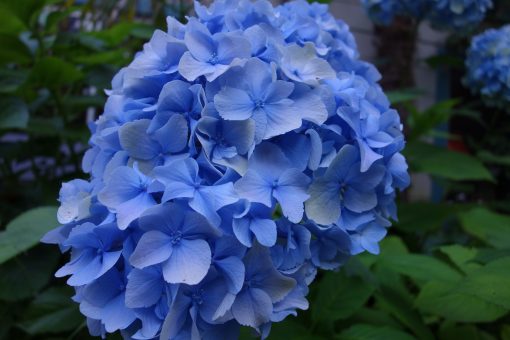
Have fun with color. don’t be afraid to try new combinations. I often hear people say “I like all the colors except orange”. Orange naturally combines with blue as these ‘sunset’ colors are opposite each other on the color wheel. Think how nice bright orange California poppies look with blue marguerites or peach Iceland poppies with blue violas.
Foliage is a rich source or garden color. You can find plants with yellow, red, purple, blue or gray foliage as well as shades of green with variegated, marbled or streaked leaves.
And don’t forget white, cream and silver flowers and foliage to brighten up the night garden. White combines nicely with both warm and cool colors so it’s easy to place. It’s an effective peacemaker between colors that would clash if placed side by side. In shady gardens, plants like white bleeding heart, wavy cream-edged hosta, white browallia, white hydrangea, lamium and white calla lily pop at night. Gardens in more sun can plant Holly’s White penstemon, silvery bush morning glory, dichondra Silver Falls, fragrant Iceberg roses white sweet alyssum and Whirling Butterflies gaura.
Plants grow and gardens change over time. Realize that you’re embarking on a journey that may take many years. Have fun getting there.


